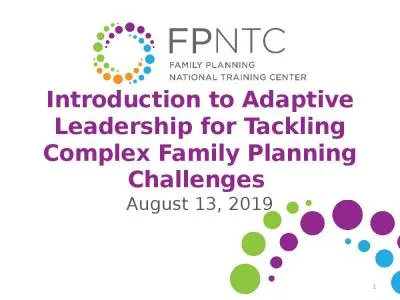PPT-The 21 st Century Leadership Challenge:
Author : alexa-scheidler | Published Date : 2018-11-08
Leading Second Order Change General Session Implementation Dip Organizational Team Personal Jump the Gap Systems Schools Classrooms Leadership People ASSUMPTIONS
Presentation Embed Code
Download Presentation
Download Presentation The PPT/PDF document "The 21 st Century Leadership Challenge:" is the property of its rightful owner. Permission is granted to download and print the materials on this website for personal, non-commercial use only, and to display it on your personal computer provided you do not modify the materials and that you retain all copyright notices contained in the materials. By downloading content from our website, you accept the terms of this agreement.
The 21 st Century Leadership Challenge:: Transcript
Download Rules Of Document
"The 21 st Century Leadership Challenge:"The content belongs to its owner. You may download and print it for personal use, without modification, and keep all copyright notices. By downloading, you agree to these terms.
Related Documents

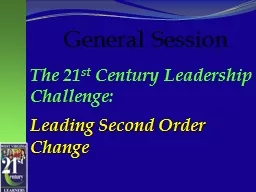
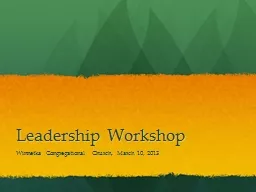
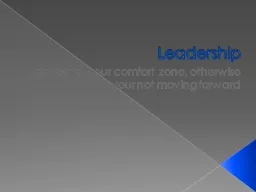
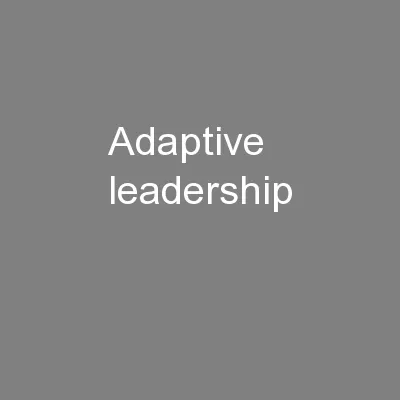
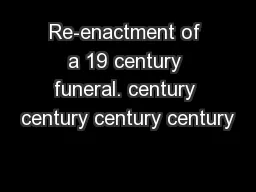
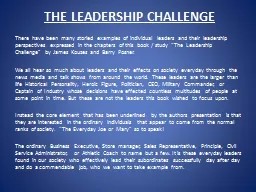
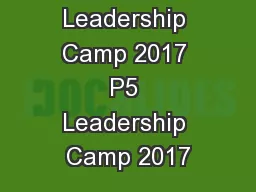
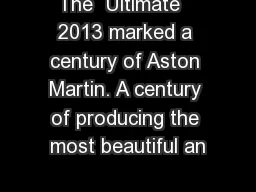
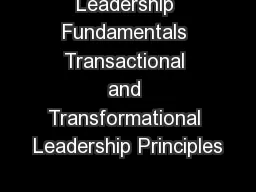
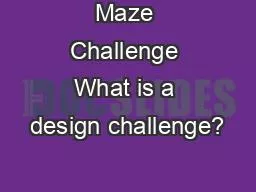
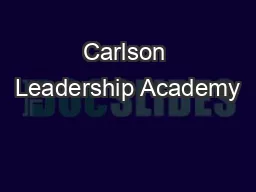
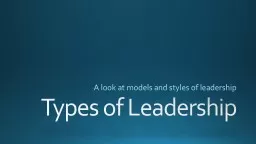
![READ [PDF] Leadership and Training for the Fight: A Few Thoughts on Leadership and](https://thumbs.docslides.com/1019111/read-pdf-leadership-and-training-for-the-fight-a-few-thoughts-on-leadership-and.jpg)
